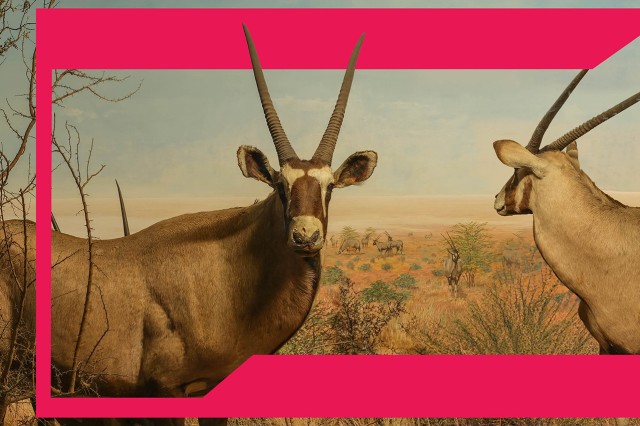The Ever-Changing Flow
A multimedia art piece that aims to bridge the gap between art, science, and technology.
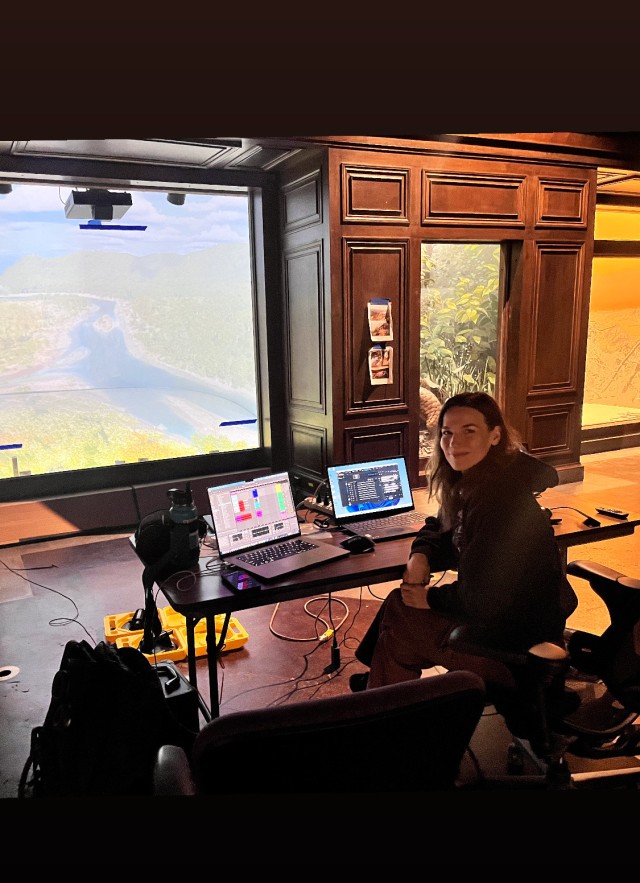
While Los Angeles's weather is widely known and sought after, what often goes unknown is that the region boasts a Mediterranean climate, a globally scarce ecosystem covering less than two percent of Earth's land surface but accounts for 20 percent of all known plant species.
Historically, L.A. was covered in wetlands, marshes, oak forests, and a vibrant river known to the indigenous people as Paayme Paxaayt. Today, 95 percent of these habitats have been lost, and the L.A. River is now one of the most endangered rivers in America.* The threat? Development and population.
The river, now a concrete channel, exemplifies how past urban development prioritized infrastructure over ecological balance and community well-being. This transformation is a stark reminder of the consequences of ignoring ecological principles in favor of rapid urban expansion.
"The Ever-Changing Flow" is a multimedia art piece that aims to bridge the gap between art, science, and technology. More importantly, it aspires to unite generations, creating a community inspired and activated by an inclusive vision of public open spaces, who value ecological diversity and sustainable urban development.
By showcasing the river's history—from its natural state to its current condition and the ongoing restoration efforts—this diorama piece highlights the importance of ecological balance. It invites viewers to reflect on their relationship with the land and their role in fostering a biodiverse ecosystem.
Urban areas like L.A., with their impermeable surfaces, disrupt natural water cycles and exacerbate the "heat island" effect, contributing significantly to carbon emissions. This problem is within our control. Despite having turned our backs on the river for generations, modern society has the power and knowledge to bring to life a symbiotic urban river that serves multiple purposes including water conservation, pollution filtration, habitat creation, carbon sequestration, flood regulation, temperature cooling, and community engagement.
By reconnecting people with the L.A. River, "The Ever-Changing Flow"'s goal is to unite Angelenos with the land they call home. Through this journey, we can transform the river from a forgotten relic of urbanism into a thriving symbol of climate resilience and ecological restoration.
I hope my art piece empowers individuals to recognize their role in shaping the future of L.A.'s ecological landscape. By fostering a sense of belonging and understanding the importance of ecological stewardship, "The Ever-Changing Flow" encourages collective action towards a sustainable future. It aims to raise awareness and direct efforts towards the restoration of the L.A. River, highlighting the potential for positive change through community involvement and environmental responsibility.

Lauren Schoth
Lauren Schoth and Lazaro Arvizu Jr., an artist, educator, musician, and researcher dedicated to the culture of the first people of Los Angeles, pose in front of The Ever Changing Flow, after offering a cleansing of the space.
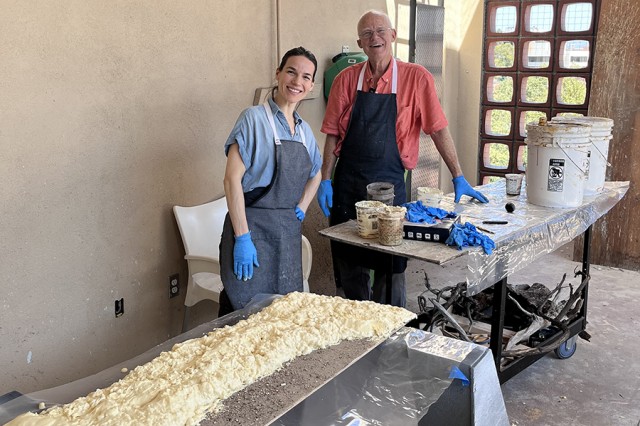
Lauren Schoth collaborating with Tim Bovard, NHM taxidermist, on the fabrication of the foreground for The Ever Changing Flow
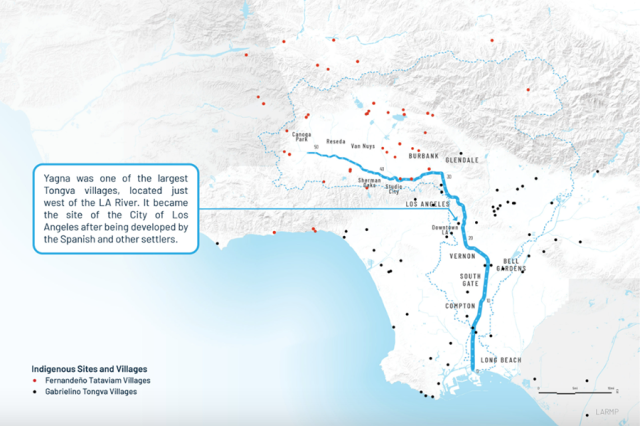
Image courtesy of the LA River Master Plan
A historical map of LA County, highlighting the indigenous sites and villages along the LA River, including Yagna, one of the largest Tongva villages that became the site of the City of Los Angeles

Image courtesy of the L.A. River Master Plan.
A historical overview of urbanization patterns in Los Angeles County from 1877 to 2010.
1 of 1
Lauren Schoth and Lazaro Arvizu Jr., an artist, educator, musician, and researcher dedicated to the culture of the first people of Los Angeles, pose in front of The Ever Changing Flow, after offering a cleansing of the space.
Lauren Schoth
Lauren Schoth collaborating with Tim Bovard, NHM taxidermist, on the fabrication of the foreground for The Ever Changing Flow
A historical map of LA County, highlighting the indigenous sites and villages along the LA River, including Yagna, one of the largest Tongva villages that became the site of the City of Los Angeles
Image courtesy of the LA River Master Plan
A historical overview of urbanization patterns in Los Angeles County from 1877 to 2010.
Image courtesy of the L.A. River Master Plan.
I am thrilled to share that my initiative is endorsed by Friends of the L.A. River (FoLAR); together through direct access to habitat restoration efforts we provide patrons of the Los Angeles Natural History Museum the opportunity to be part of shaping L.A.’s environmental impact.
I’d like to give a special thanks and acknowledgement to all those who helped bring this vision to life including but not limited to: PST ART, Stillwater Sciences, Jet Olano, Adam Burke, Stefano Abad, Tim Bovard, Lazaro Arvizu, Lindsey Ward, my loving family, and to mother nature herself, my ultimate muse.
"LA River Read Guide." PDF, page 5, Los Angeles Bureau of Engineering, https://apps.engineering.lacity.gov/techdocs/emg/docs/lariver/LA_River_…. Accessed 15 July 2024.
"Los Angeles River Named Among America’s Most Endangered Rivers of 2022." American Rivers, 19 Apr. 2022, www.americanrivers.org/media-item/los-angeles-river-named-among-america….
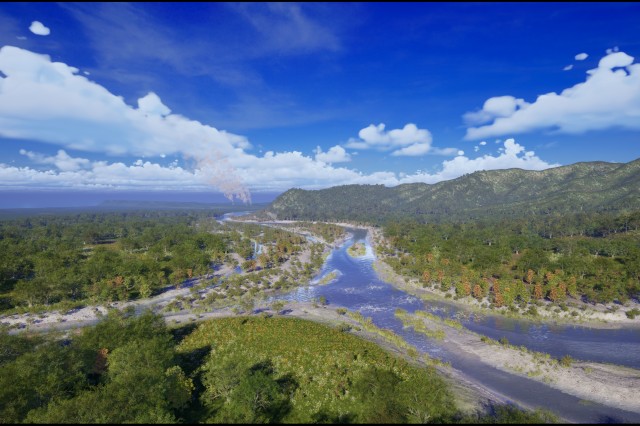
Spring, meandering river, mid 1700s
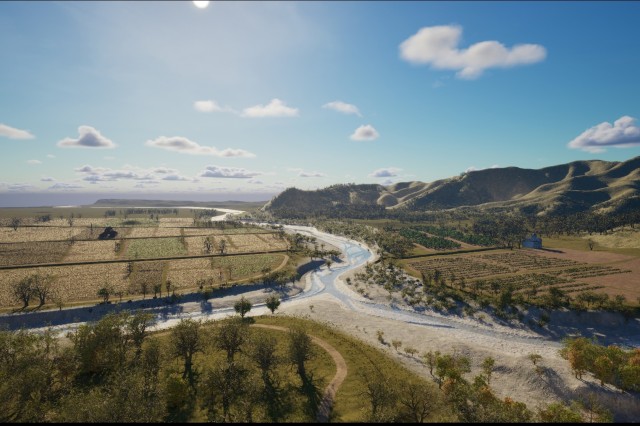
Summer, agriculture, late 1800s
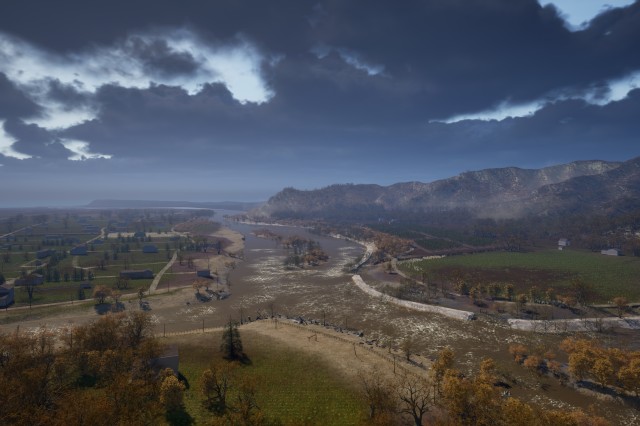
Fall, floods, early 1900s
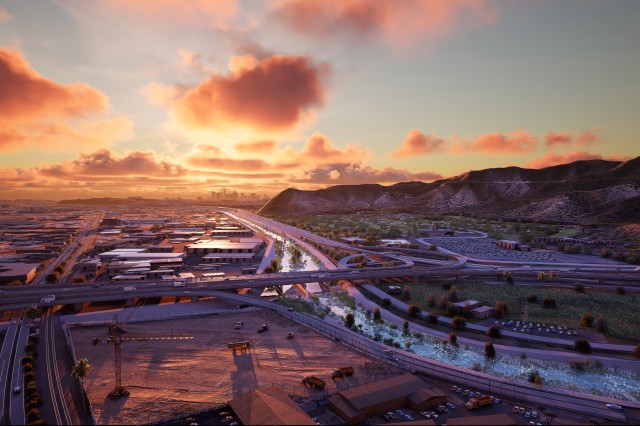
Channelization, present day
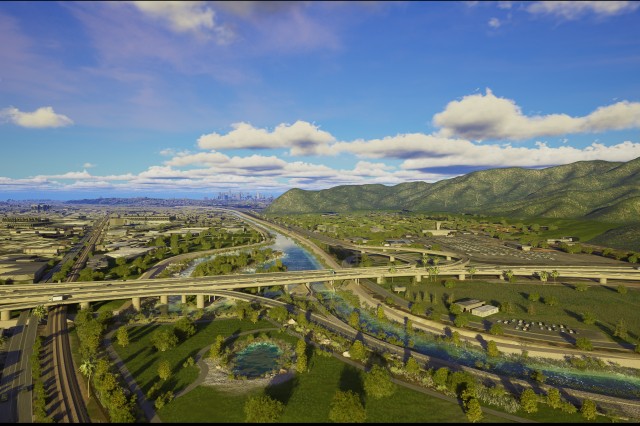
Restoration, the future
1 of 1
Spring, meandering river, mid 1700s
Summer, agriculture, late 1800s
Fall, floods, early 1900s
Channelization, present day
Restoration, the future
